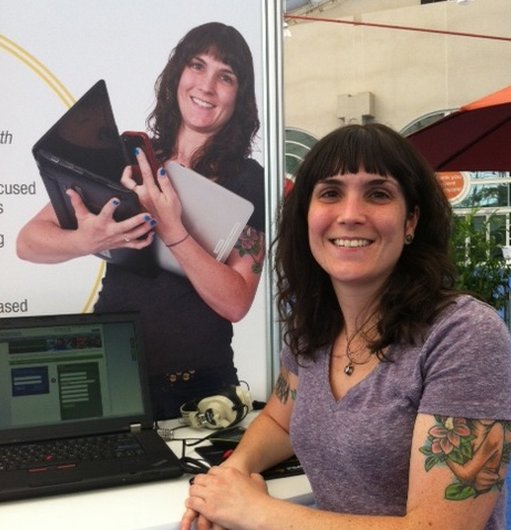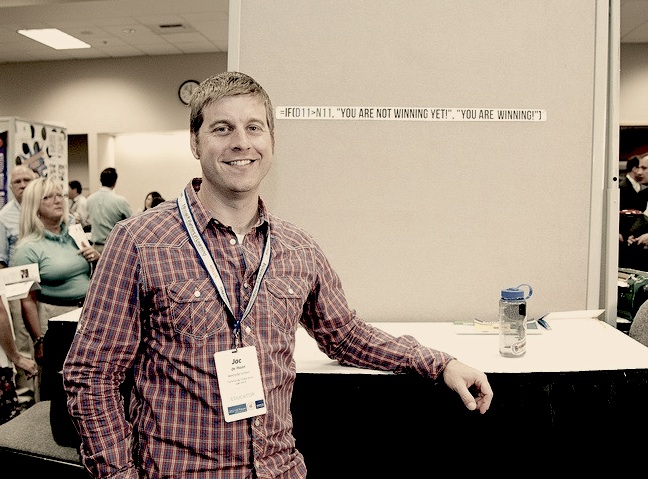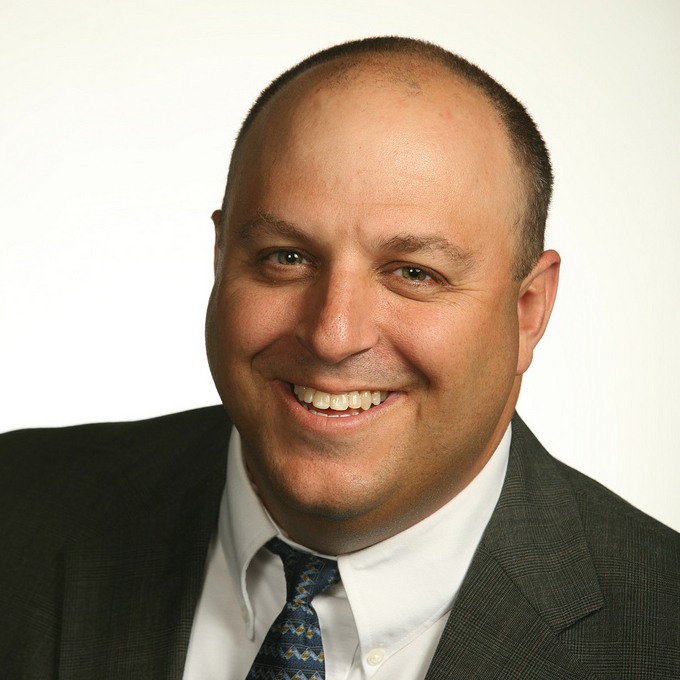Digital identity & citizenship is an essential part of a relevant education, and of a connected life, in the 21st century. Here are the 5 best resources for learning about digital identity. These websites/documents are useful to parents and teachers interested in learning more about digital ethics, cyberbullying and netiquette:
- Net Cetera is a U.S. government produced community outreach toolkit that defines and discusses the impact of common social media platforms with a focus on cyber-safety.
- Meeting of Minds: Cross-Generational Dialogue of the Ethics of Digital Life is a 2009 synthesis of conversations between kids and adults that highlights the similarities and differences of each generation’s thoughts on digital media and ethics.
- CommonSenseMedia provides curriculum, advice, policy and reviews for parents and teachers to understand the media available today and its potential to influence our behavior and/or beliefs. Their recent research study, Zero to Eight: Children’s Media Use in America, is an enlightening survey and analysis of U.S. parents (published October 2011).
- Edutopia.org’s Digital Citizenship Resource Roundup is a collection of articles related to netiquette and online safety. Their free publication, A Parent’s Guide to 21st Century Learning, documents excellent examples of appropriate technology-influenced classroom experiences.
- Digital ID: 21st Century Citizenship is “a toolkit of reliable information, resources, and guidelines to help teachers/parents/students learn how to be upstanding digital citizens.” This resource is a collaboration managed by Natalie Bernasconi & Gail Desler.
I recommend these resources to all schools, and we used some of these as platforms for parent education last year at one of the schools I work with. To understand what a classroom looks like when the information in these resources is put into practice, spend 5 minutes with Linda Yollis‘ fabulous 3rd grade classroom.
For an enthralling (and fictitious) account of a world in which we don’t address the need to live ethically online, spend 5 minutes watching Tom Scott’s “Flash Mob Gone Wrong” at Ignite London:




